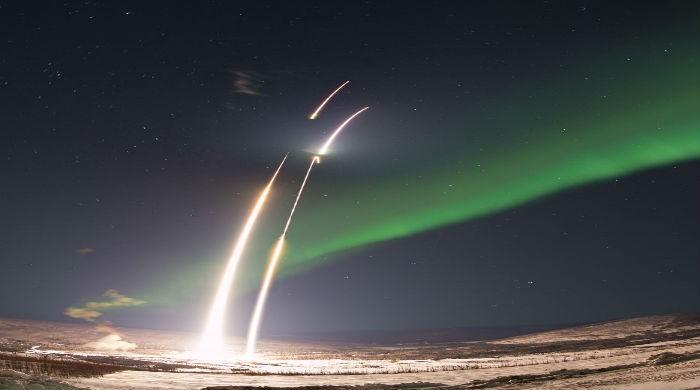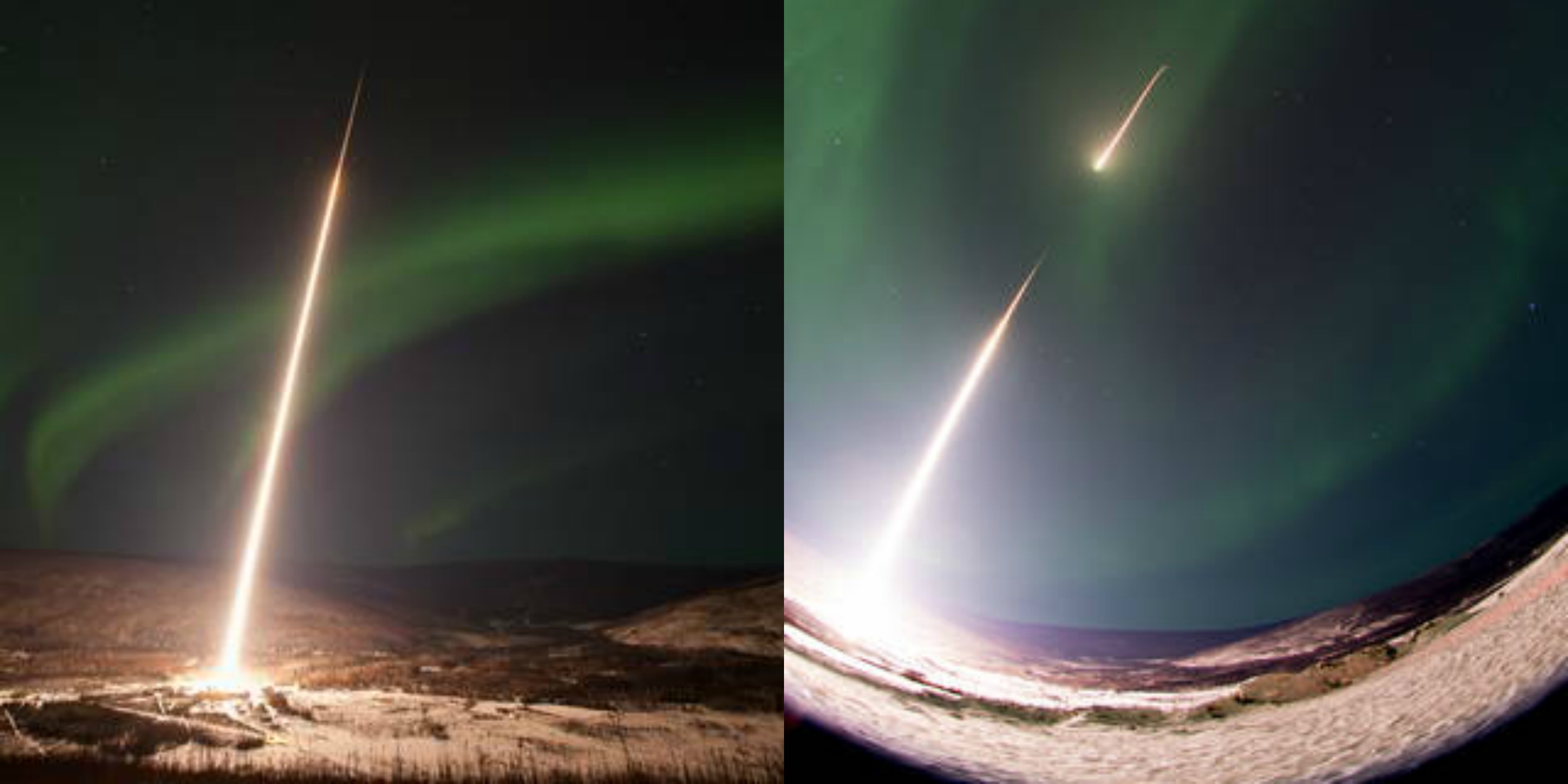NASA aims to uncover mysteries of the Northern Lights
NASA blasted off three rockets in Aurora Borealis on March 2
March 04, 2017

Aurora Borealis, or Northern Lights, holds significant value in the popular imagination because of its mesmering display of colours.
It is believed that the burst of colours, mostly shades of green and pink, is a result of the collision between electrically charged particles with gaseous particles in the Earth's atmosphere.
In order to further study the phenomena, the National Aeronautics and Space Administration (NASA) launched three rockets into the aurora borealis on March 2.
All three Black IX sounding rockets blasted off within a 2-hour time span from the Poker Flat Research Range in Alaska, according to Space.com.
So far, a total of five Black Brant IX sounding rockets have been launched into the Northern Lights since January.
The mission aims to unveil different aspects of the Northern Lights including Earth's magnetic field and the ionosphere, a region in Earth's upper atmosphere where atoms and molecules are ionised by solar radiation.
The campaign was started in January 19 and a second rocket was blasted on February 22.

A picture of the launch on January 19 (L). A picture of the launch on February 22 (R). Photos: courtesy NASA
"The visible light produced in the atmosphere as aurora is the last step of a chain of processes connecting the solar wind to the atmosphere," Kristina Lynch, ISINGLASS principal investigator, said in a statement. "We are seeking to understand what structure in these visible signatures can tell us about the electrodynamics of processes higher up."The mission teams have reported to collected and transmitted the data, now they are reviewing it.











